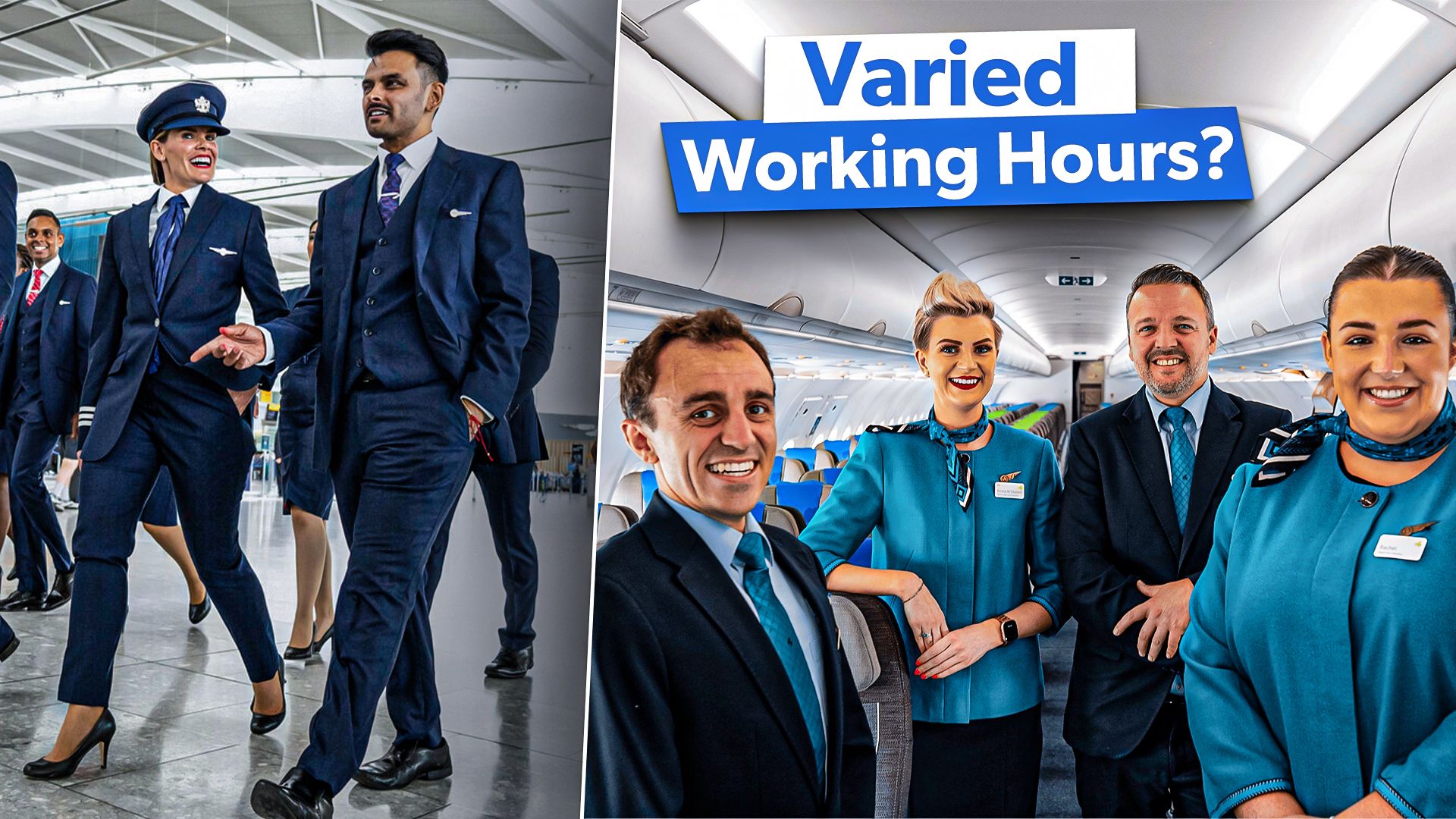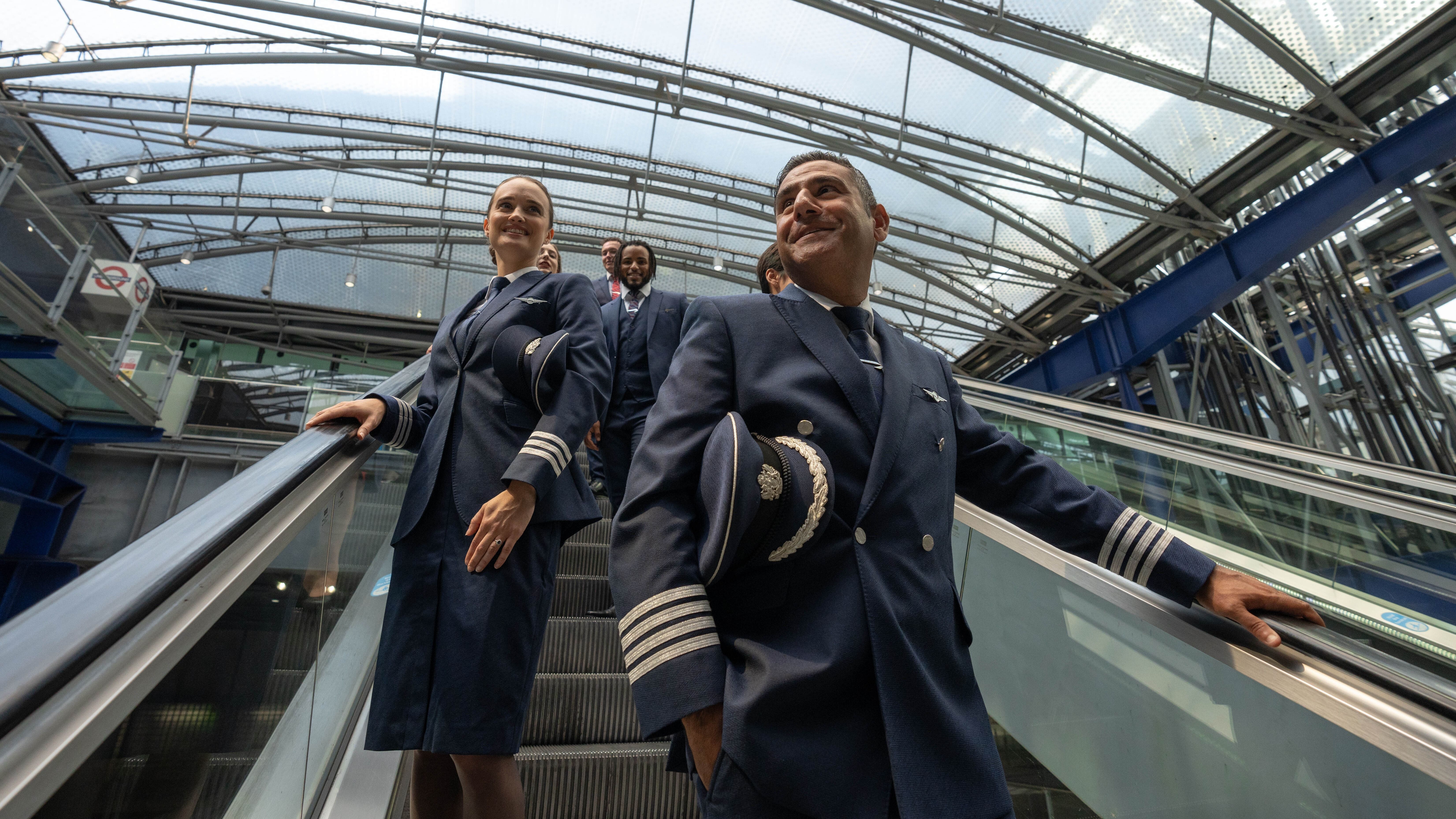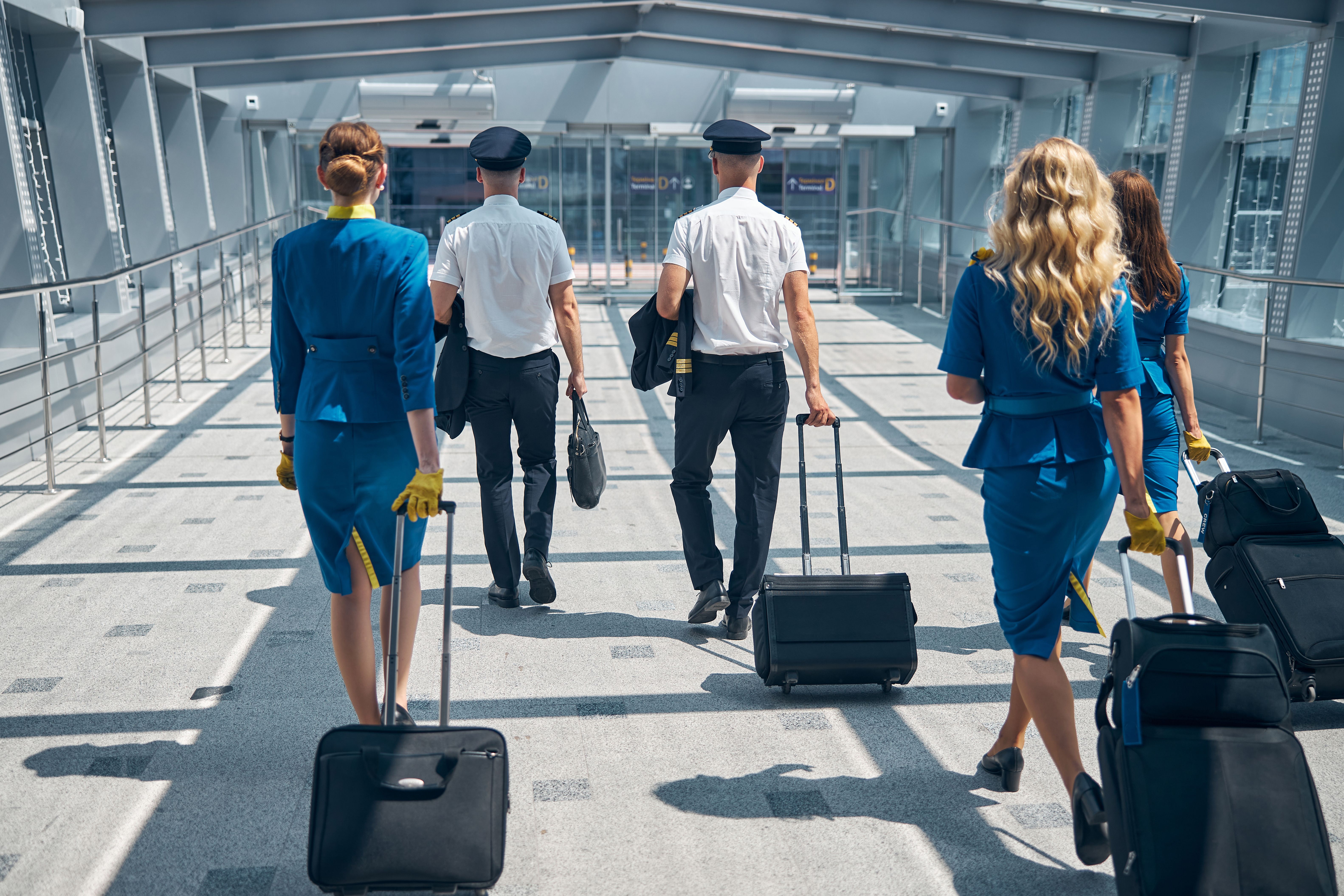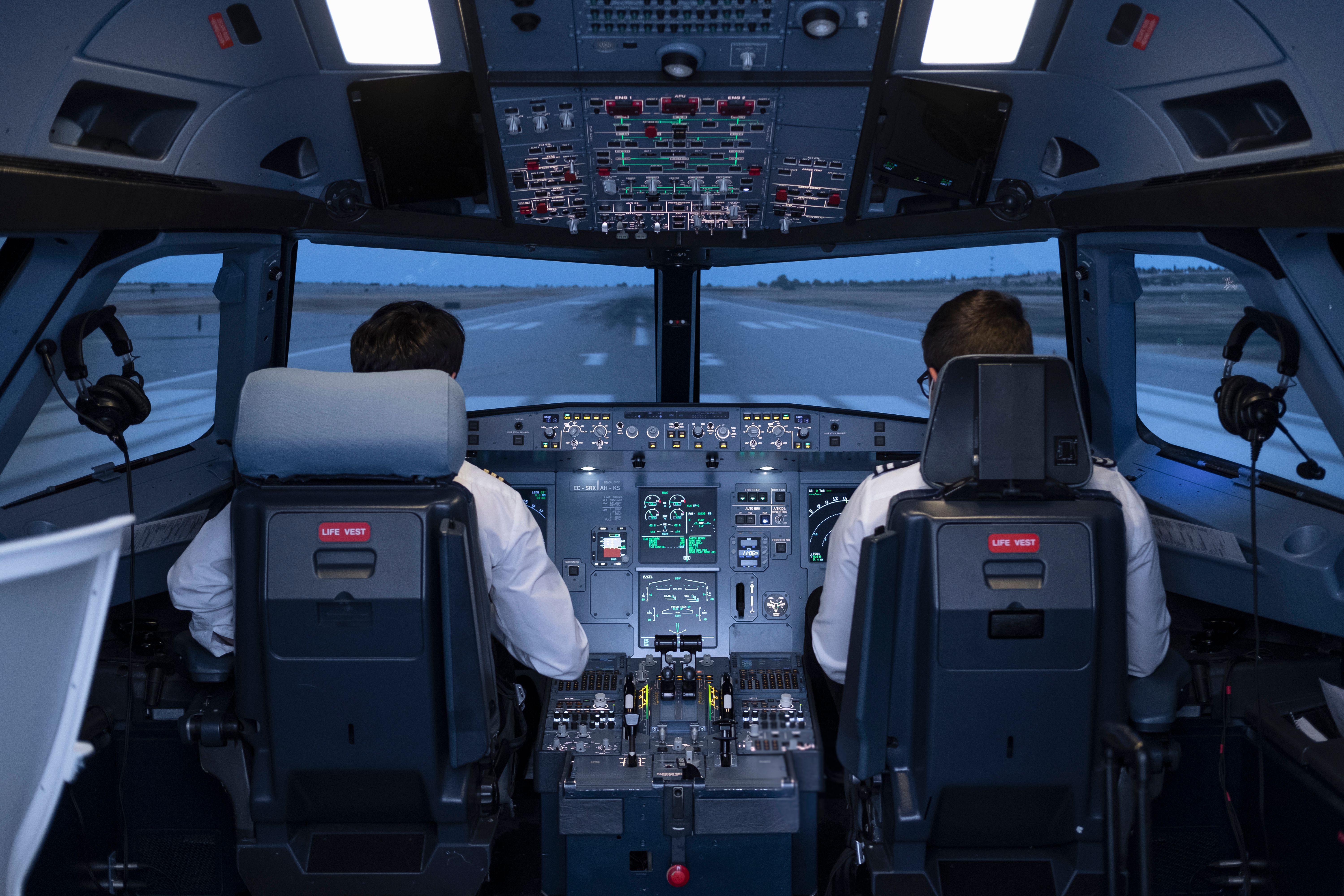Summary
- Flight attendants and pilots have strict hour limitations due to fatigue concerns.
- Part-time work for flight attendants and pilots is challenging due to rigorous training and complex schedules.
- The FAA doesn’t mandate part-time work, but pilots and flight attendants face numerous restrictions and requirements.
Cabin crew can only work for a specific number of hours in a week/month/year. In Europe, flight time for an attendant cannot exceed 1,000 hours in a year. On the other hand, a flight attendant cannot have a flight time greater than 900 hours in the UK. ICAO defines fatigue as, “A physiological state of reduced mental or physical performance capability resulting from sleep loss or extended wakefulness, circadian phase, or workload”, and as a result, pilots, too, have restrictions on the maximum number of hours they can fly.
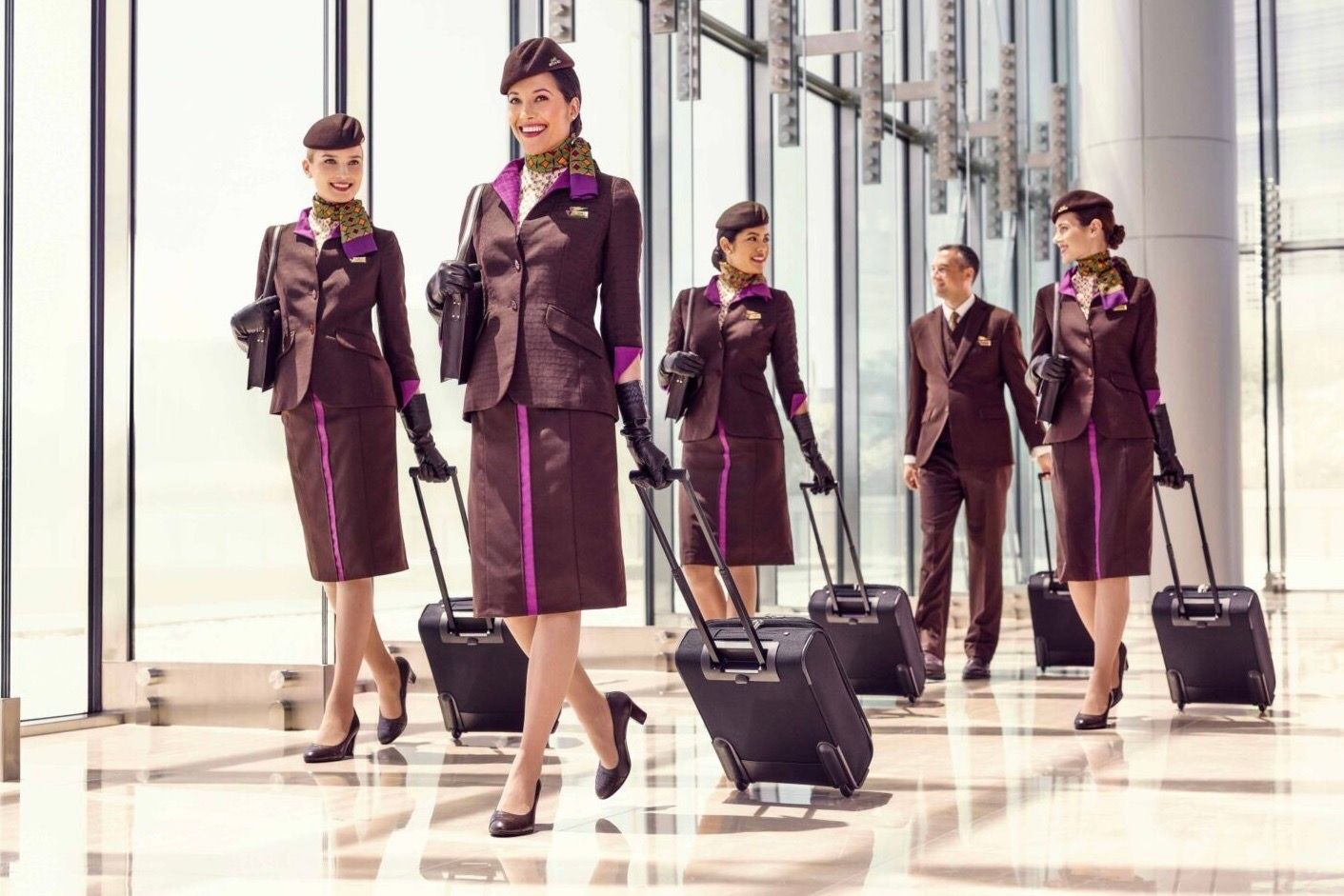
Related
How Soon Before A Flight Do Cabin Crew Arrive At The Airport?
Is it a mad dash or a well planned journey?
One also has to wonder if pilots and flight attendants can work part-time. Most airlines set a pre-flight reporting time of 90 minutes or 60 minutes and post-flight duties of around half an hour. If a cabin crew or a pilot is working on long-haul flights, which can take upwards of six hours, is there even a question about working part-time? Let’s find out.
Photo: British Airways
It is possible for a cabin crew to work part-time…but
The work of a cabin crew isn’t all the glitz and the glam that meets the eye. Flight attendants put in a lot of hard work to ensure that they are adept at handling emergencies, unruly passengers, and other in-flight duties. That is to say, the training is rigorous. So, when you have signed up for an airline as a flight attendant (and have relatively little experience in the field), it might be difficult to secure a part-time job.
Plus, there is some research about the “10,000-hour rule”, which simply states that you must practice a skill for 10,000 hours before becoming a consummate professional. And even if you work 1,000 hours a year as a flight attendant, it will take you a decade to become a highly skillful flight attendant. Maybe then airlines will take a chance with a part-time flight attendant.
Photo: Svitlana Hulko | Shutterstock
Some other factors that dictate whether you can work as a cabin crew part-time
Cabin Crew: Commercial vs Private: The demands of the job of a flight attendant working for a commercial airline versus one on a private aircraft might be different. With private aircraft that operate within nearby cities, the number of working hours might be lower, and the flight schedules can be less disruptive, too.
Social vs unsocial hours: The number of flight attendants on an aircraft can vary, depending upon the size of the aircraft and the passengers on board. Since carriers operate throughout the day and night, cabin crew often find themselves working during unsocial hours. Added is the complexity of the carrier’s destination. Depending upon the route of the flight, you might land in a different city around midnight. So, even if you secure a part-time job as a flight attendant, your schedule can be quite hectic.
Does the FAA mandate whether flight attendants can work part-time? The FAA hasn’t set any rules and regulations regarding whether someone can work as a flight attendant part-time. Therefore, besides the tacit agreements about the working hours of a flight attendant like the ones we’ve discussed above, there’s no written formal document issued by the FAA mandating whether a cabin crew can work part-time or not.
Photo: Delta Air Lines
Long-haul vs short-haul flights: Simple Flying’s Patricia Green reported that :
”On average, long-haul cabin crew have five or six trips a month and 9 or 10 days off. The longer and more demanding the trip (crossing time zones), the longer the days off to recover.”
In light of such information, one might know that a cabin crew’s duty isn’t as straightforward as other jobs, and the answer to whether they can work part-time becomes even more complicated.
But what about the pilots then?
The FAA mandates that pilots only fly a maximum of 100 hours per month. So, if pilots fly for 6 hours a day, the maximum allotted time of 100 flying hours can be completed in half a month. This might give some people the impression that piloting is a part-time profession in and of itself. However, in addition to the time that pilots spend flying, they also need to do work on the ground, such as:
- Building flight plans
- Pre-flight inspections
- Maintenance checks
- Post-flight checks
- Studying weather reports
- Refueling
Photo: Raullazaro | Shutterstock
So, much like flight attendants, a pilot’s work is not limited to in-flight duties. Sometimes, they may be required to deadhead to certain places. This adds to the complexity of working part-time as a pilot. Here’s a typical description of the number of hours pilots generally work.
| Type of pilot | Flight hours | Ground hours |
|---|---|---|
| Commercial pilot | 85 | 80 |
| Flight instructor | 80-100 | 100 |
| Airline transport pilot | 75-100 | 150 |
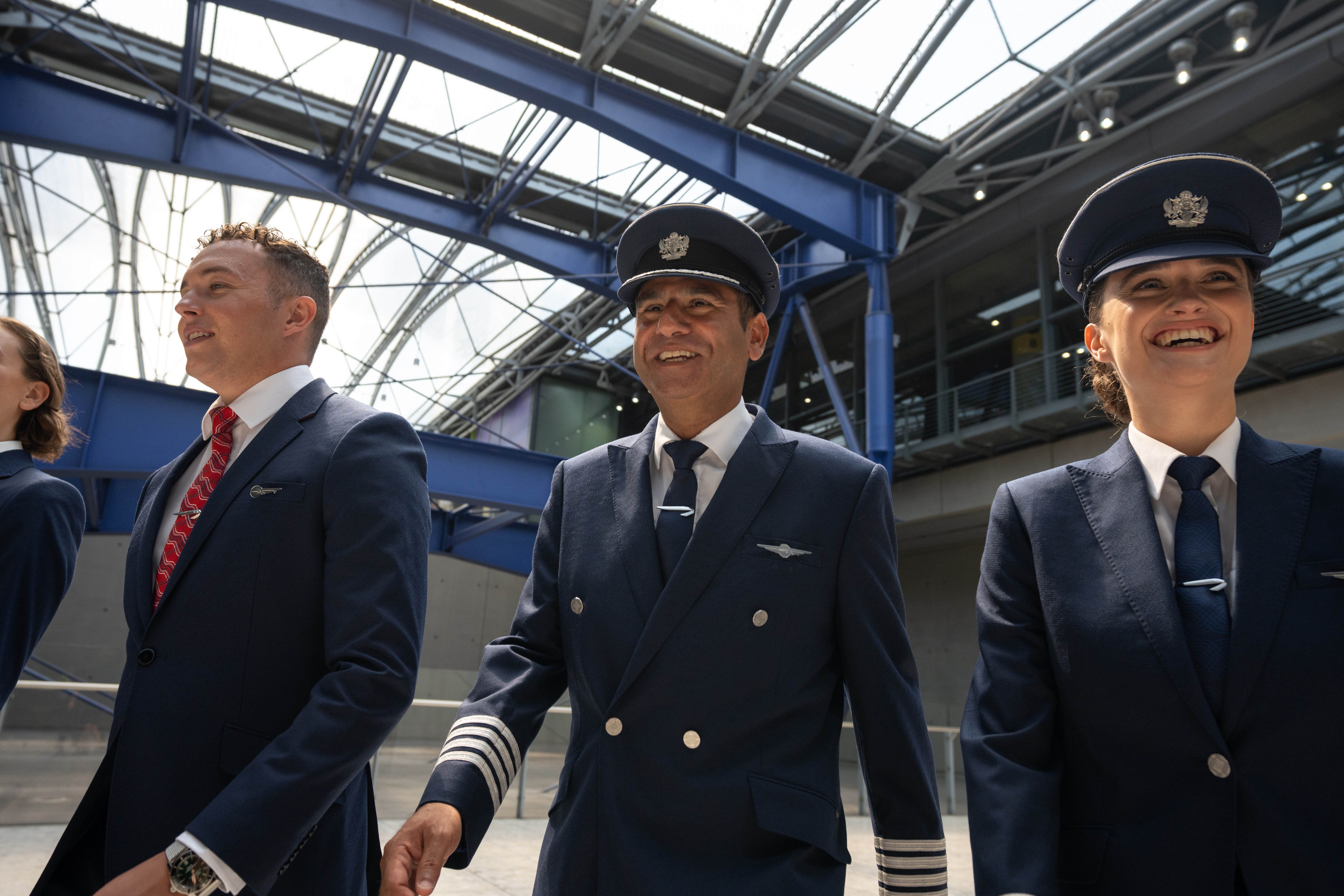
Related
5 Little-Known Rules That You Might Not Know Pilots Must Abide By
Aviation is highly regulated, but may include rules you might not have expected.
Much like the case for flight attendants, airlines are often reluctant to allow pilots to work part-time. There might be opportunities to work on private flights or scheduled flights on short-haul flights as a part-time pilot, but the chances for these are quite slim. Besides, there are also regulations surrounding the minimum number of flight hours pilots must have in order to retain their certifications.

